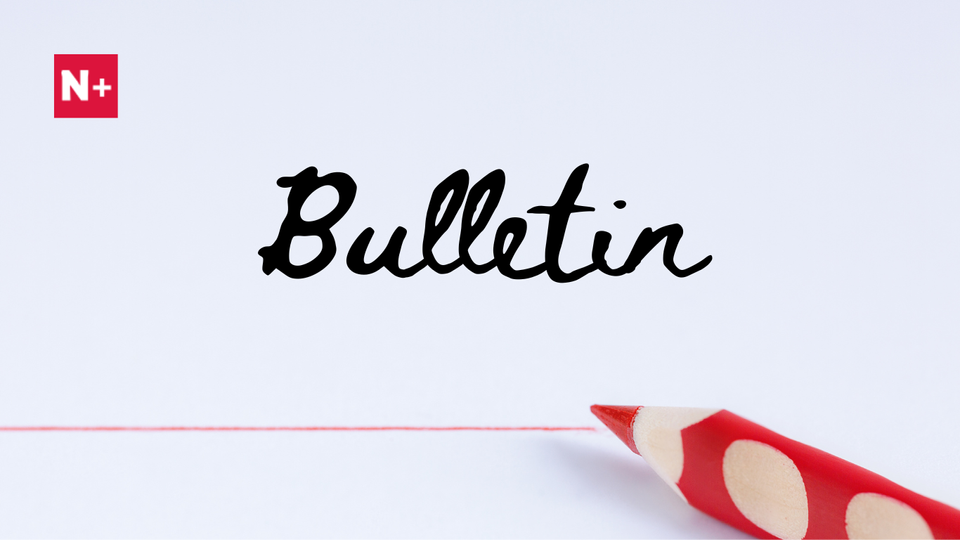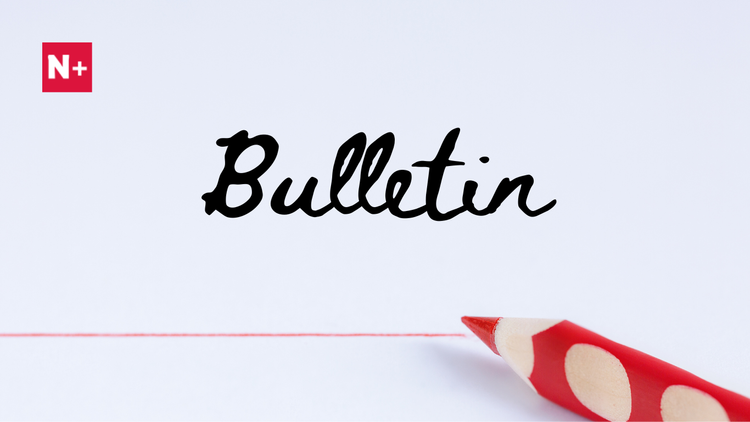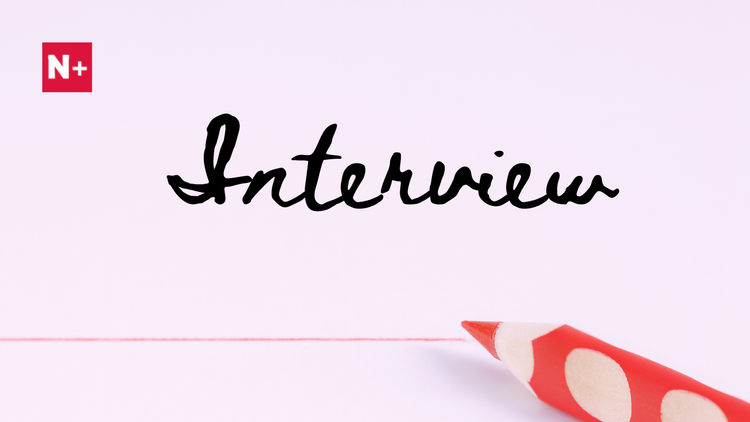China’s Insurance Industry Moves to Standardize Drug Coverage: Draft Commercial A-List Now Open for Feedback

As the NHSA pilots new pricing and reimbursement models for innovative drugs through the Category C Drug List, a parallel and potentially complementary initiative is rapidly gaining traction: the Insurance Association of China (IAC) is spearheading the creation of a national commercial insurance drug catalog.
In late March, the IAC released the initial draft of the Commercial Health Insurance Drug Formulary – Tier A (“A-List”) and is now seeking input from members of its health insurance subcommittees. This marks a major step toward building a unified commercial drug framework for products like Huiminbao, Million Medical, and specialty drug plans.
1. Grounded in Real-World Coverage Patterns
The A-list initiative began by analyzing Huiminbao plans across 29 provinces, autonomous regions, and municipalities—a product type that contributed approximately 21% of an estimated CNY 7.4 billion in commercial insurance payments for innovative drugs in China in 2023.
“By 2023, over 90% of Huiminbao plans included specialty drug coverage, with some extending beyond the NRDL to cover high-cost, self-pay drugs. Coverage expanded to 550 drugs that year. Claims data show that five products—Optune, Keytruda, Imfinzi, Tecentriq, and Gavreto—accounted for about 51% of total specialty drug payouts. This reflects an increasing focus on out-of-pocket drugs not covered by basic medical insurance but with broad consumer appeal, even as cancers remain the primary target of Huiminbao's innovative drug coverage.”
Using these real-world coverage patterns as a baseline:
- The working group analyzed the included drugs based on frequency of coverage across Huiminbao plans
- Prioritized those most consistently covered, especially in provinces with large premium pools and broader population reach
- Developed a preliminary A-list draft featuring 30 drugs across 19 indications—including all top five products by payout and Fosun-Kite's Yikaida (axicabtagene ciloleucel)
- This draft is now being circulated to the industry for feedback
2. Shaping the A-List: Industry Input Invited
Given the regional diversity in Huiminbao design—coverage levels, premiums, product structure, and duration on the market—the A-list is seen as a work-in-progress. The IAC is now seeking feedback from health insurers on:
- Directory structure
- Criteria for drug inclusion
- Implementation recommendations
- How insurers might use this list in product design
The goal is to refine the A-list into a practical tool—one that reflects actual market needs and is more useful as a reference for future product development.
3. Toward a Multi-Tiered National Directory
In February 2025, the IAC convened a high-level meeting with insurers and launched a dedicated task force. The long-term vision is ambitious: to develop a comprehensive, multi-tiered commercial drug directory system with broad, structured coverage.
This includes:
- Building an ABCDE directory framework
- Expanding beyond the NRDL to cover all drugs approved by Chinese and global regulators (with a retained negative list for exclusions)
- Aligning drug lists with different product types:
- Tier A: Huiminbao (basic, narrow drug coverage)
- Tier B: Million Medical (expands access to specialty drugs)
- Tier C–E: Mid- to high-end products offer broader global access to drugs and personalized treatment options.
The IAC aims to finalize a preliminary directory by mid-year and release model policy terms by year-end—well ahead of the expected Category C rollout in September.
4. Key Strategic Questions Remain
Despite this progress, critical uncertainties linger:
🔹 How will the commercial catalog interact with the NHSA-led C-List?
🔹 How will Huiminbao plans evolve in response to either catalog?
🔹 How will these schemes shape innovation in insurance products, payment models, and the evolution of value-based pricing?
🔹 Are NHSA’s incentives strong enough to drive insurer participation in the C-list pathway—or, without NHSA backing, can the IAC-led catalog still gain meaningful market traction?
🔹 How should pharmaceutical companies position their products across the NRDL, the C-List, and the IAC commercial catalog?
5. Join the Conversation: The NRDL+ C-List Discussion Series
To unpack these developments, we’re hosting a Category C Drug List Discussion Series, featuring three expert panels covering policy, China commercial payers, and pharmaceutical strategy.
Pre-registration has already attracted 11 MNC pharma and 3 top advisory firms, with teams spanning strategic pricing, market access and pipeline strategy, innovative contracting, access policy, business development, and senior consulting leadership.
If you think your team would benefit from this, feel free to share this link:
🔗 https://www.nrdlplus.com/category-c-drug-list-discussion-series/
We are prioritizing questions from our waitlist—and everyone on it gets 10% off, too.
References:
- 商保药品目录A系初稿开始征求意见(附药品名单), Economic Observer, Jiang Xin, 3-28-25, https://www.eeo.com.cn/2025/0328/719055.shtml
- China's Commercial Health Insurance and Innovative Drug Payment White Paper 2024, China Re Life, BCG, MediTrust Health
- 2023 Huiminbao Review and Outlook Report," Sina Health Insurance Research Institute and China Pharmaceutical University
- China’s Commercial Insurance Catalog Accelerates Expanding Beyond Category C Drug List, NRDL+ Newsletter, 3-5-2025, https://www.nrdlplus.com/chinas-commercial-insurance-catalog-accelerates-expanding-beyond-category-c-drug-list/





